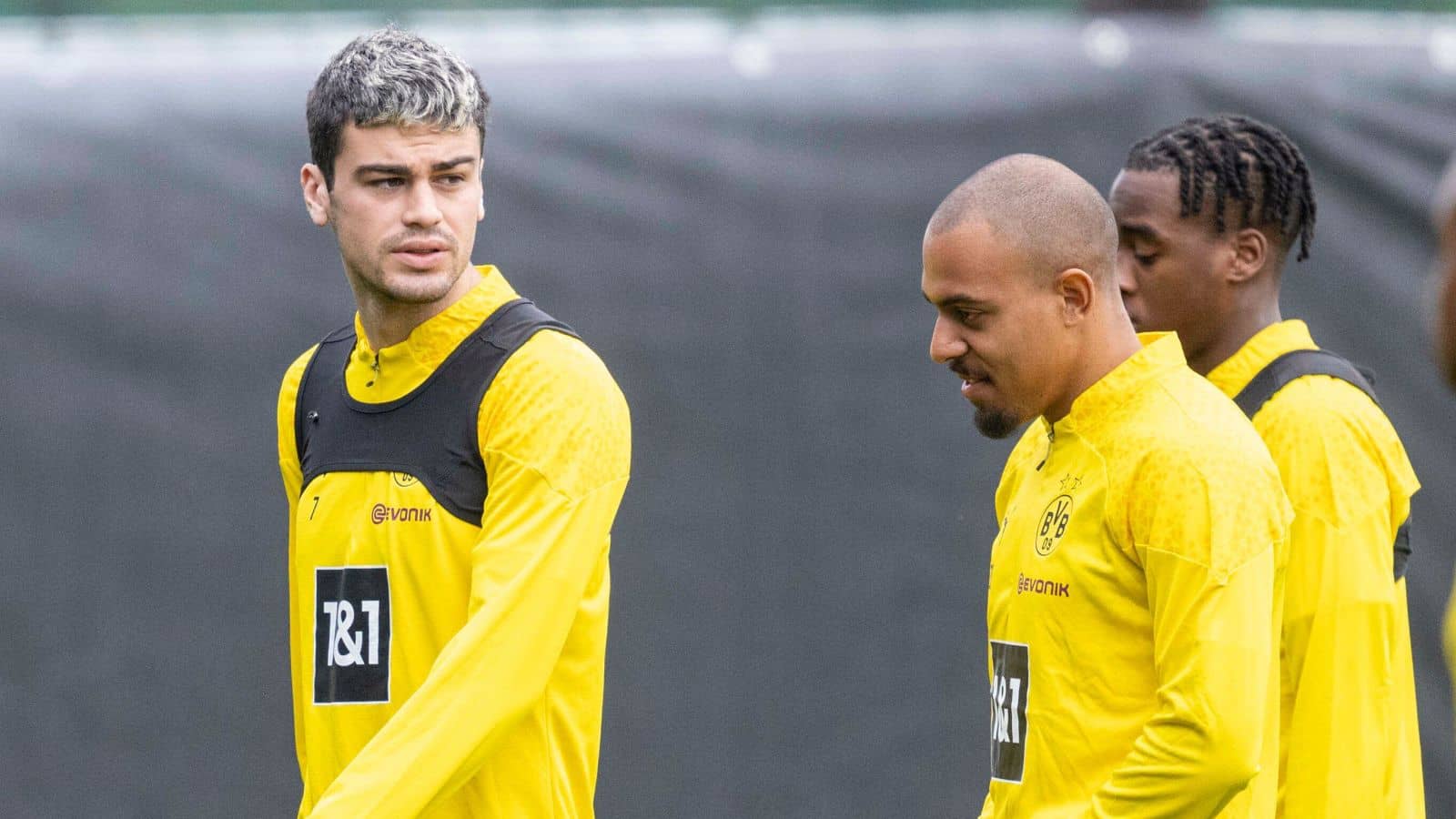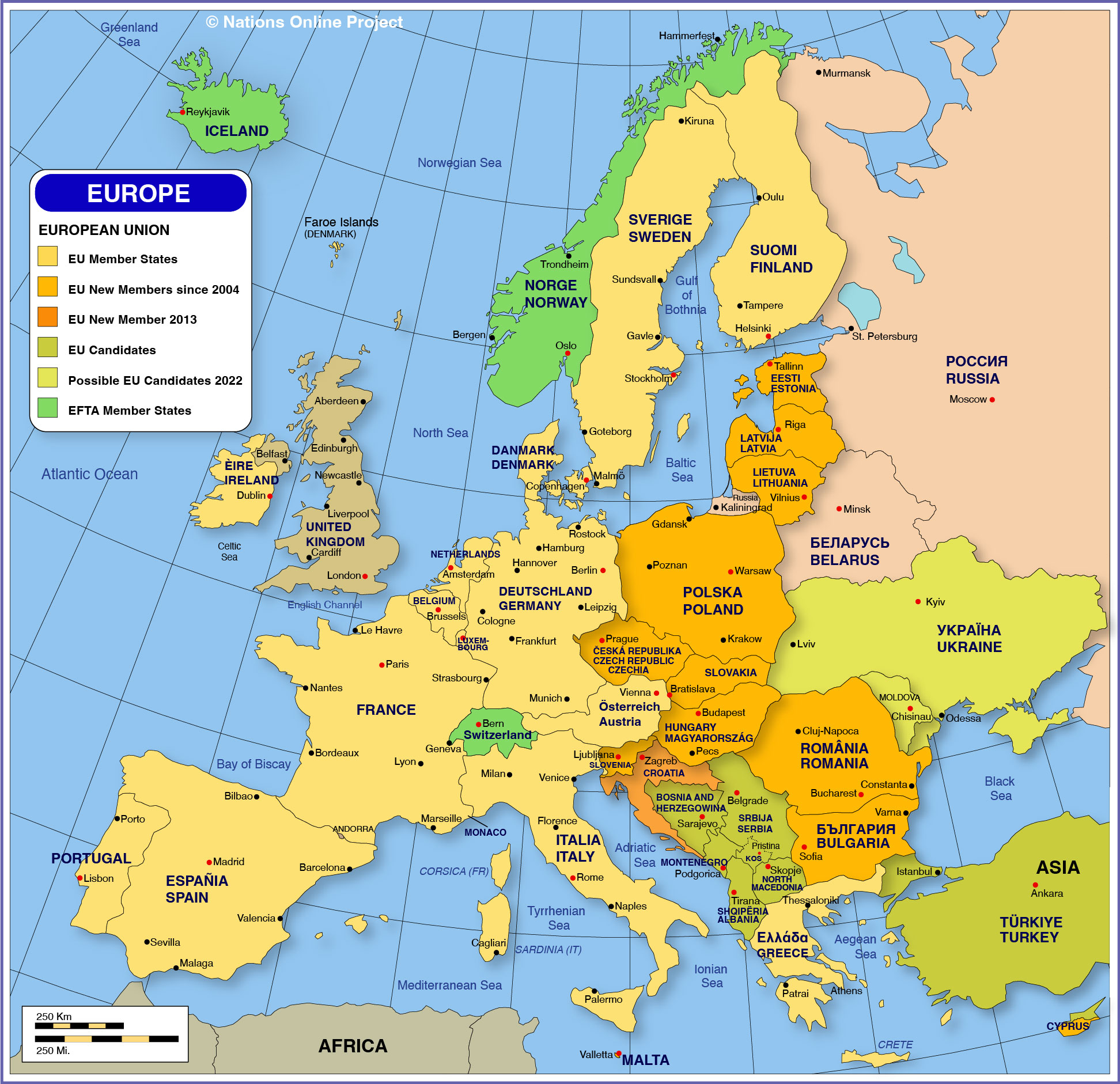
Unpacking the Arsenal: A Deep Dive into UEFA Champions League Attacking Statistics
The UEFA Champions League, football’s premier club competition, is a theatre of dreams where the greatest attacking talents showcase their brilliance. Beyond the roar of the crowd and the spectacle of a last-minute winner, lies a sophisticated tapestry of data, revealing the intricate mechanics of offensive mastery. This article will dissect the attacking statistics from recent Champions League seasons, exploring the evolution of offensive roles, the impact of tactical innovation, and the metrics that truly define elite attacking performance.
The Ever-Shifting Landscape of Goal-Scoring: Beyond the ‘Number 9’
For decades, the "number 9" was synonymous with the central striker, the primary goal-scorer. While clinical finishers remain paramount, the modern Champions League has blurred the lines, with goals originating from across the pitch.
The Prolific Poachers and Clinical Finishers:
Players like Erling Haaland (Manchester City) and Robert Lewandowski (Barcelona/Bayern Munich) exemplify the modern clinical striker. Haaland’s statistics often defy belief: his Goals per 90 minutes (G/90) and Shot Conversion Rate are consistently among the highest. What makes him unique is not just the volume of shots, but his exceptional Expected Goals (xG) overperformance, indicating his ability to score from situations where the probability is lower than average. This speaks to supreme finishing technique and composure under pressure. Lewandowski, similarly, boasts incredible efficiency, often requiring fewer touches to find the net, showcasing intelligent movement and predatory instincts within the box.
However, the definition of a primary goal threat extends beyond the traditional striker. Kylian Mbappé (PSG) operates from the left wing but consistently leads goal-scoring charts. His dribble success rate, combined with blistering pace and a powerful shot, makes him virtually unplayable in one-on-one situations. His shots on target percentage is remarkably high for a player who often takes on defenders, highlighting his precision. This trend of "inverted wingers" becoming primary goal threats is a hallmark of modern attacking football, demanding full-backs to contribute defensively more than ever.
Key Metrics for Goal-Scorers:
- Goals (G): The ultimate measure.
- Goals per 90 (G/90): Contextualizes output based on playing time.
- Shot Conversion Rate: Percentage of shots that result in a goal.
- xG (Expected Goals): Measures the probability of a shot resulting in a goal, based on factors like shot location, body part, and assist type. Overperforming xG indicates excellent finishing.
- Shots on Target (SoT) %: Percentage of shots that hit the target.
The Architects of Attack: The Art of Creation and Progression
While goals win matches, they are often the culmination of intricate build-up play and incisive passing. The Champions League showcases the finest playmakers and ball progressors who unlock defenses.
The Master Playmakers:
Kevin De Bruyne (Manchester City) stands as the undisputed king of assists. His Assists per 90 (A/90) and Key Passes per 90 are consistently elite. What the raw numbers don’t always show is the quality of his key passes – often perfectly weighted through balls that bypass multiple defensive lines, leading to high-xG opportunities. His Expected Assists (xA) numbers are usually sky-high, demonstrating his consistent ability to create high-probability chances for teammates.
Vinicius Jr. (Real Madrid) represents a different kind of creator – the direct, explosive winger. While his assist numbers are strong, his impact is also seen in his successful dribbles per 90 and progressive carries. He often carries the ball into dangerous areas, drawing defenders and creating space for others, or setting up shots himself after beating his man. His directness and unpredictability are a nightmare for opposition full-backs.
The Deep-Lying Orchestrators:
Midfielders like Rodri (Manchester City) and Toni Kroos (Real Madrid) might not always register high assist numbers, but their progressive passes and passes into the final third are crucial. They dictate tempo, break lines with their passing, and maintain possession under pressure, effectively building the foundation for attacks. Their high pass completion rates in dangerous areas underscore their importance in retaining possession and advancing play.
Key Metrics for Creators:
- Assists (A): The final pass leading to a goal.
- Assists per 90 (A/90): Contextualizes output based on playing time.
- xA (Expected Assists): Measures the probability that a pass will become an assist. Overperforming xA indicates excellent decision-making and execution in the final pass.
- Key Passes: Passes that directly lead to a shot.
- Chances Created: Sum of key passes and shot assists.
- Progressive Passes: Passes that move the ball significantly closer to the opponent’s goal.
- **Successful Dribbles: Dribbles where the player maintains possession past an opponent.
- Progressive Carries: Dribbles that move the ball significantly closer to the opponent’s goal.
Team Attacking Dynamics: Collective Masterpieces
Beyond individual brilliance, the Champions League showcases diverse team attacking philosophies, each with its own statistical footprint.
Possession-Based Dominance (e.g., Manchester City):
Pep Guardiola’s Manchester City is a prime example of a team that suffocates opponents with possession. Their attacking statistics reveal:
- High Possession Percentage: Often exceeding 65-70%.
- High Number of Passes: Leading to high pass completion rates.
- High xG per Game: They consistently create a large volume of high-quality chances through intricate passing patterns, positional play, and patient build-up.
- Deep Completions: Numerous passes into the opponent’s penalty area.
- Collective Goal-Scoring: While Haaland leads, goals come from diverse sources – midfielders making late runs, full-backs providing width, and wingers cutting inside.
Counter-Attacking Prowess (e.g., Real Madrid):
Real Madrid often thrives on quick transitions and exploiting space left by opponents. Their attacking stats might show:
- Lower Possession Percentage: Compared to City, they are comfortable relinquishing possession.
- Higher Number of Shots from Fast Breaks/Counter Attacks: They are incredibly efficient at turning defensive actions into offensive opportunities.
- High Clinicality: They might have a lower volume of shots than possession-based teams, but their conversion rate on those shots tends to be very high, reflecting the quality of their individual finishers (Benzema, Vinicius Jr., Rodrygo).
- Explosive Dribbling and Carrying: Players like Vinicius Jr. and Rodrygo are masters of carrying the ball long distances at pace.
High Press and Direct Play (e.g., Bayern Munich):
Teams like Bayern Munich often combine elements of possession with an aggressive high press. Their attacking metrics might include:
- High PPDA (Passes Per Defensive Action): A low PPDA indicates an intense press, leading to turnovers in dangerous areas.
- High Number of Shots from Turnovers: Exploiting immediate disorganization.
- Directness: A willingness to play vertical passes quickly once possession is won.
- Wing Play and Overloads: Relying on powerful wingers and overlapping full-backs to create crossing opportunities and isolate defenders.
Key Team Metrics:
- Team xG: The sum of xG for all shots taken by the team.
- Shots per Game: Volume of attacking attempts.
- Possession %: Indicates control of the ball.
- PPDA (Passes Per Defensive Action): Indirectly reflects attacking style; a low PPDA often leads to more high turnovers and subsequent attacking chances.
- Progressive Distance (Passing/Carrying): Total distance the ball is moved towards the opponent’s goal.
The Role of Data and Analytics in Modern Attack
The rise of advanced analytics has transformed how teams scout, prepare, and evaluate attacking performance.
- Recruitment: Clubs now use xG, xA, and other metrics to identify players who consistently create high-quality chances, even if their raw goal/assist numbers are inflated or deflated by variance.
- Tactical Adjustments: Coaches analyze opponent’s defensive weaknesses through data – where they concede the most xG, which zones they struggle to defend, or where their press is weakest. This informs offensive game plans.
- Player Development: Data identifies areas for improvement. A player consistently getting into good positions but underperforming their xG might need finishing coaching. A creator with high xA but low actual assists might need teammates who finish better, or they might need to refine their final pass execution.
- In-Game Decisions: Real-time data can inform substitutions or tactical shifts, identifying which attacking patterns are working or failing.
Emerging Trends and Future Outlook
The Champions League attacking landscape is constantly evolving:
- The Hybrid Attacker: Players like Jude Bellingham (Real Madrid) exemplify the modern attacking midfielder who combines goal-scoring, creation, and relentless pressing. Their stats are a mix of traditional midfield and forward metrics.
- Full-backs as Primary Attackers: The likes of Trent Alexander-Arnold (Liverpool) or João Cancelo (when at City) demonstrate how full-backs are increasingly central to creating overloads and providing assists, changing the shape of attacks.
- Set-Piece Specialization: Data allows teams to optimize set-piece routines, identifying specific players or areas that yield the highest xG from corners and free-kicks.
- Increased Athleticism: The relentless pressing and quick transitions demand supreme physical conditioning, allowing attackers to maintain high intensity for longer periods.
Conclusion
The UEFA Champions League is more than just a competition; it’s a living laboratory for footballing innovation. By delving into the attacking statistics, we gain a deeper appreciation for the nuanced roles players fulfill, the tactical masterclasses deployed by coaches, and the sheer brilliance required to excel at the pinnacle of European football. From the clinical finishing of a Haaland to the visionary passing of a De Bruyne, and the collective attacking symphony of a Guardiola side, the data paints a vivid picture of offensive excellence, constantly pushing the boundaries of what’s possible on the grandest stage. As the game continues to evolve, so too will the metrics we use to understand and celebrate its attacking artistry.



